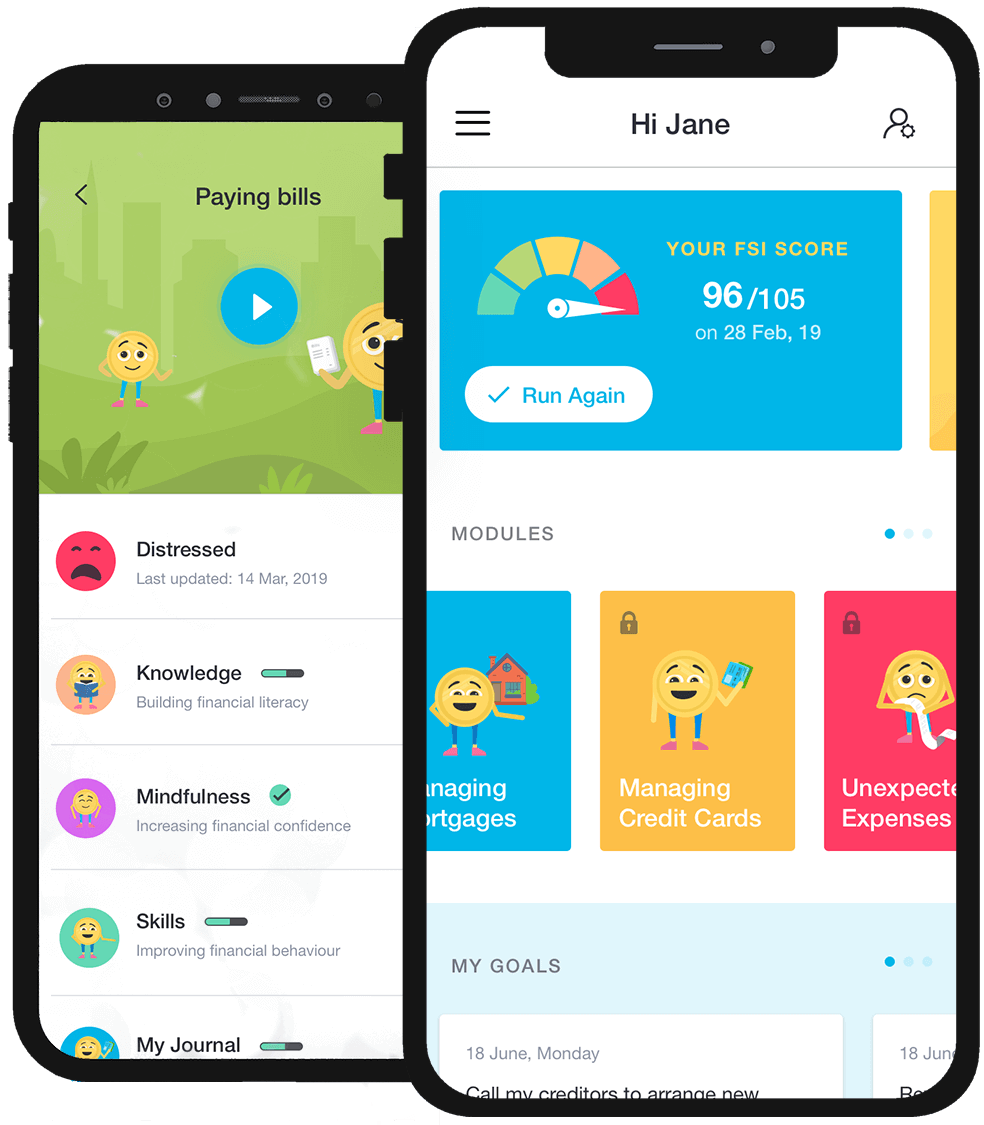[email-subscribers-form id=”2″]
How a no-spend challenge can help your financial goals
How a no-spend challenge can help your financial goals.
What if there was a simple way to change our damaging spending patterns?
Just not spending any money at all isn’t realistic – most of us have repayments, bills and other regular financial commitments that we can’t just shut off.
But we can use a no-spend challenge as a strategy to change our mindset about discretionary spending.
In some ways a no-spend challenge is a blunt re-set tool, simply saving by not spending in certain areas – for example, not spending on eating out, or not spending on cabs.
But it’s more than that.
It’s about bringing attention and awareness to our spending habits and being more intentional with how we spend.
“Much of our spending is done out of habit, driven by emotions or without much awareness,” says Lea Clothier.
“A no-spend challenge is one way to break these cycles.”
Because we make a commitment not to spend in a certain area, we are likely to really notice our resistance to the spending ban when temptation arises.
This creates an exercise in mindful spending. We are forced to pay attention to, and practice moment by moment choices to refrain from spending in a certain area of our budget.
It is a challenge because it can be exactly that – challenging to not spend money.
We are so conditioned in the consumerist model that to not spend can feel uncomfortable for some.
For others, without a concept of how much is enough, constant spending can be one attempt to satiate this impulse to acquire, be and have more.
If you can accept a no-spend challenge, commit to it and surrender to it, you may get a huge sense of relief being freed from obsessive or automatic spending habits.
That is almost certain to reduce problem behaviours with money like compulsive spending and the impacts of financial stress.
What does a no-spend challenge actually look like
There are endless ways to employ a no-spend challenge.
You may wish to choose one area or multiple areas where you’d like to have more control over your spending.
Some common and useful examples of types of spending we can address with a ‘no spend challenge’ might be:
-
- Entertainment – including online games
- Gambling
- Eating out
- Shopping on clothes/shoes
- Shopping on cosmetics
- Buying homewares
- Signing up for personal development/training exercises
By challenging ourselves, we bring an element of ‘gamification’ to help change our habits and behaviours.
Rising to a challenge in this way can feel more rewarding than sticking to a budget.
A no-spend challenge also teaches us to make do with what we have, appreciate and be grateful for the abundance already in our lives, it can also teach us to be more resourceful with the things we do have.
It can also create awareness of the emotions and impulses that typically drive our spending habits. In a similar concept to “Dry July” it is a decision to abstain from something – in this case spending.
When the impulse arises, we can turn our attention towards what emotion or feeling is driving the desire to spend.
Is it a feeling of not having enough and wanting more? Maybe deep down we somehow feel like the product or service we feel so strongly about buying will ‘complete’ us?
Maybe we think it will make us happy or perhaps it’s just about relieving boredom or loneliness?
There are so many reasons that drive our spending apart from just the need for it.
The value of changing our whole approach to spending
‘When we become present to the desire behind the action and impulse, we have more ability to respond to it rather than react,’ Ms Clothier says.
A no-spend challenge offers us a mindful way to bring this awareness to our spending and helps us to retrain automatic spending habits. Ideally, these become savings habits.
It can be hard to change spending habits or even start budgeting if it’s not a habit that you’ve yet mastered.
Choosing one area of spending to focus on makes it easier to manage.
We can develop the skills, build confidence in our ability to make a difference in our spending/savings habits by addressing one area at a time.
Some of the benefits are that we give ourselves time to develop new habits, we make a declaration of our commitment to not spend, and if doing it as part of a group, we can benefit from the support and accountability of others.
Our ability to manage our spending and save money is the foundation of managing our money well and building wealth for the future.
When we are intentional about our spending, it enables us to allocate the money in accordance with our goals and priorities, rather than just mindlessly seeing it disappear.
How to track progress with a no-spend challenge
Tap into the reason why you want to do a challenge.
Is it to get in control of your spending? Reduce it in a particular area? Save money for something else? Find your motivation as this motivation is what will help you when you feel challenged or thinking of giving up.
There are no-spend challenges you can join online, or you can choose to do one individually.
If doing it on your own, I would suggest finding a buddy to do it with as it creates accountability and can be more rewarding to share and achieve together.
A good way to track it is to use a goal achievement chart or calendar.
It’s also good to actually put the money that you choose not to spend in another account (savings or separate bank account) so that you actually save it, otherwise it may be absorbed in other areas of your spending! And if you break a day in the challenge, you can always reset and start again rather than give up completely.
Make it realistic, and if you need to make it more achievable, do that instead of giving up completely.
Even choosing to not spend as little as $5 / day is $150 extra in your pocket at the end of the month!
How to start a no-spend challenge
You need to decide:
-
- What is the category of spending you will try to cut out;
- How long you’ll abstain from this category of spending;
- What to do when (and not ‘if’) you feel an irresistible urge to buy it anyway;
- Who you’ll be accountable to as you pursue a no-spend challenge;
- How to process the uncomfortable feelings that will come up (i.e. in a journal, a spreadsheet, a phone call with your accountability partner or maybe with a money coach);
- How you will track your no-spend challenge progress; and
- How you will review the no-spend challenge exercise.










